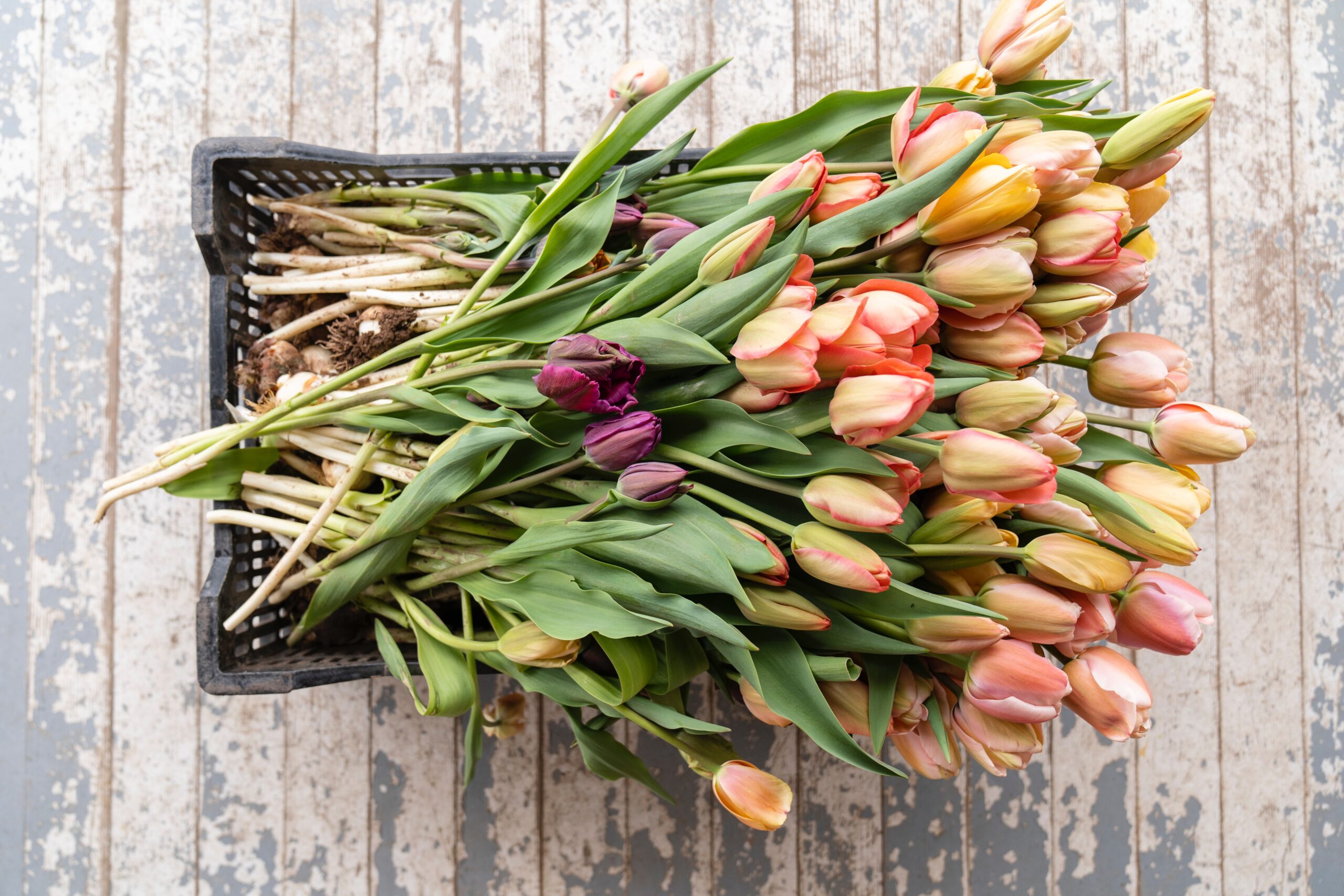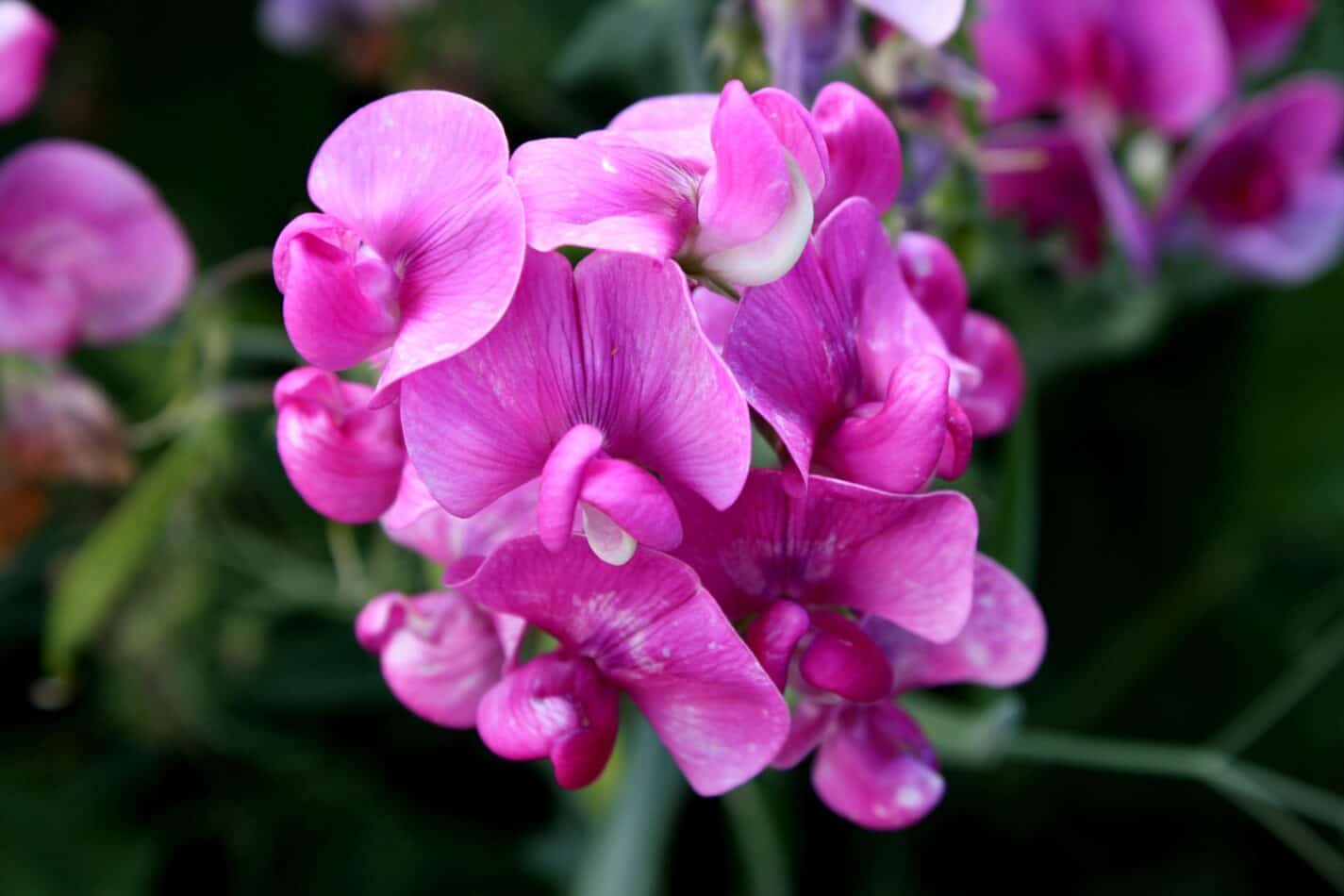Introduction: To enjoy the vibrant beauty of Phlox flowers throughout spring and summer, proper care is essential. Phlox, a perennial plant native to North America, thrives with minimal maintenance. This article provides valuable insights and tips on how to care for Phlox, ensuring healthy growth and stunning blossoms.
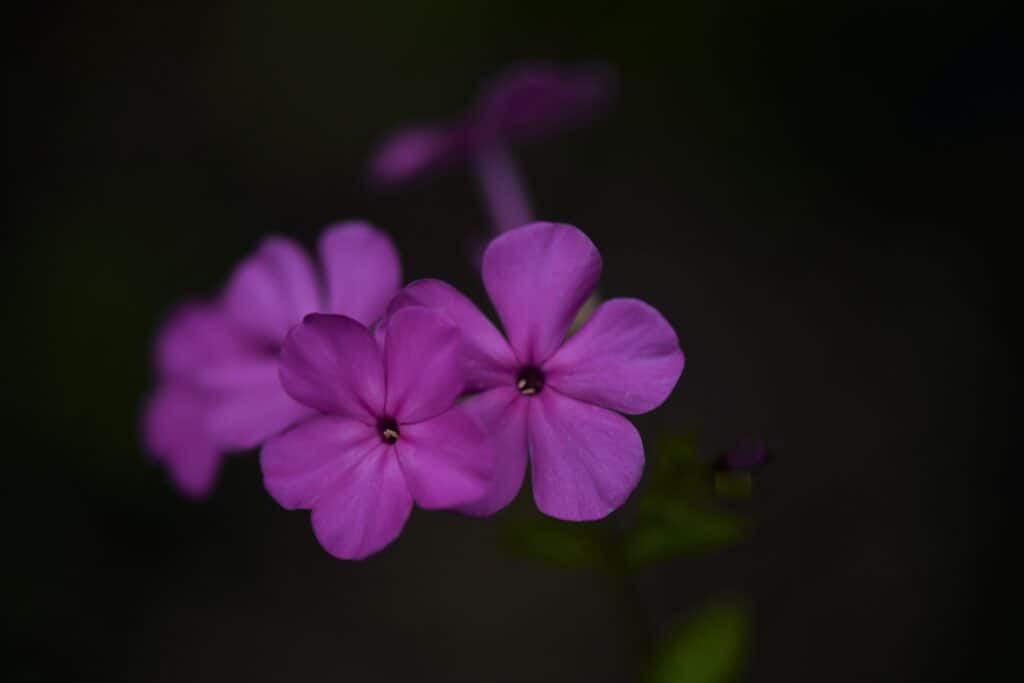 Phlox Care Tips
Phlox Care Tips
Caring for Phlox is essential to ensure the continued beauty and health of these stunning flowers. Whether you have Phlox growing indoors or outdoors, understanding the proper care techniques is crucial for their optimal growth and blooming potential. In this article, we will provide you with valuable tips and guidelines to help you take care of your Phlox plants effectively. From recognizing and treating diseases to providing the right light, soil, and water conditions, this guide will equip you with the knowledge to nurture your Phlox and enjoy their vibrant blooms throughout the seasons.
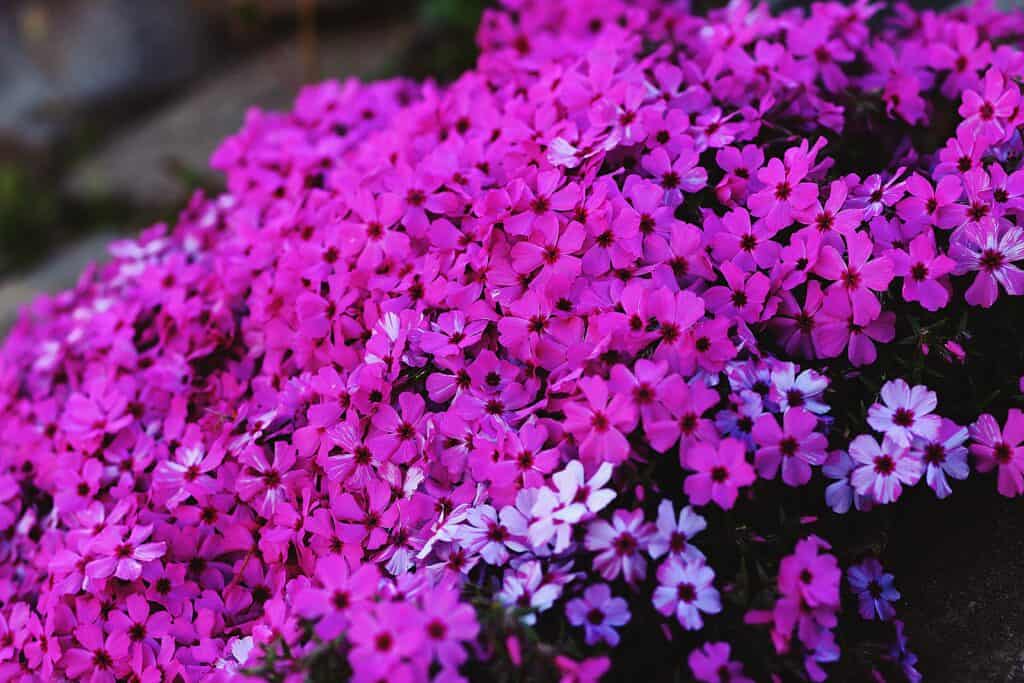 Recognizing and Treating Disease
Recognizing and Treating Disease
- Look for signs of disease such as spots on leaves or stems, and white patches beneath the leaf canopy, indicating powdery mildew caused by fungi.
- Treat powdery mildew with fungicide sprays, ensuring not to spray near foliage.
Managing Insect Infestation
- Check for aphids, small green dots typically found at the base of the stem or on the underside of leaves. Control aphids by spraying insecticidal soap directly on the pests, avoiding contact with foliage.
- Identify mites as tiny brown specks on the undersides of leaves. Spray neem oil directly onto mites, as it effectively controls most types.
- Combat spider mites, oval-shaped red or orange bugs found beneath leaves that often form webs, by using insecticidal soap.
- Deal with thrips, small black or grayish insects that extract plant juices, by spraying insecticidal soap directly onto them, following label instructions carefully.
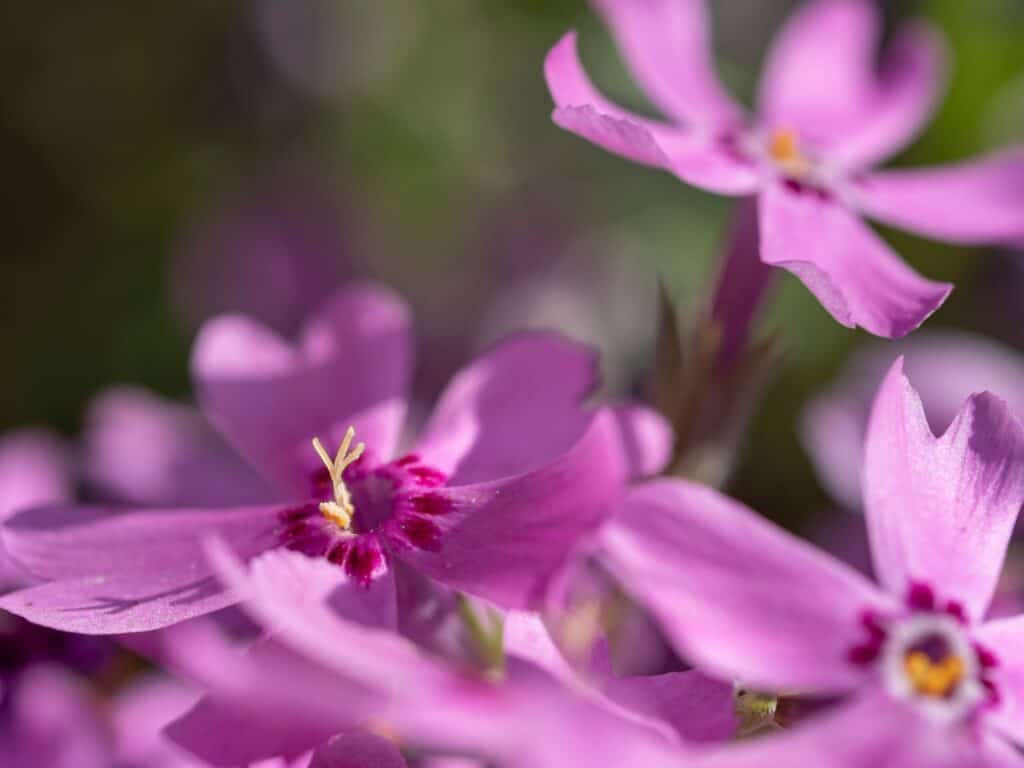 Light Requirements
Light Requirements
- Phlox’s compact size makes it suitable for small spaces, making it an excellent indoor plant.
- Indoors, ensure a light fixture that provides full spectrum lighting to promote healthy leaf and bloom production.
Soil and Watering
- Creeping Phlox thrives in areas with good drainage and prefers moist conditions.
- When planting, ensure enough space around each plant, as creeping Phlox spreads quickly.
- Regular watering is necessary, especially during hot summer months. Reduce watering frequency as temperatures drop, allowing roots to soak down into the soil.
Temperature, Humidity, and Fertilization
- Creeping Phlox grows best in full sun and well-drained soils, with a preference for temperatures around 50 degrees Fahrenheit.
- Regularly provide ample light and water for indoor plants.
- Apply slow-release fertilizers as directed to keep Phlox healthy. Avoid excessive nitrogen, which can cause leaves to turn green.
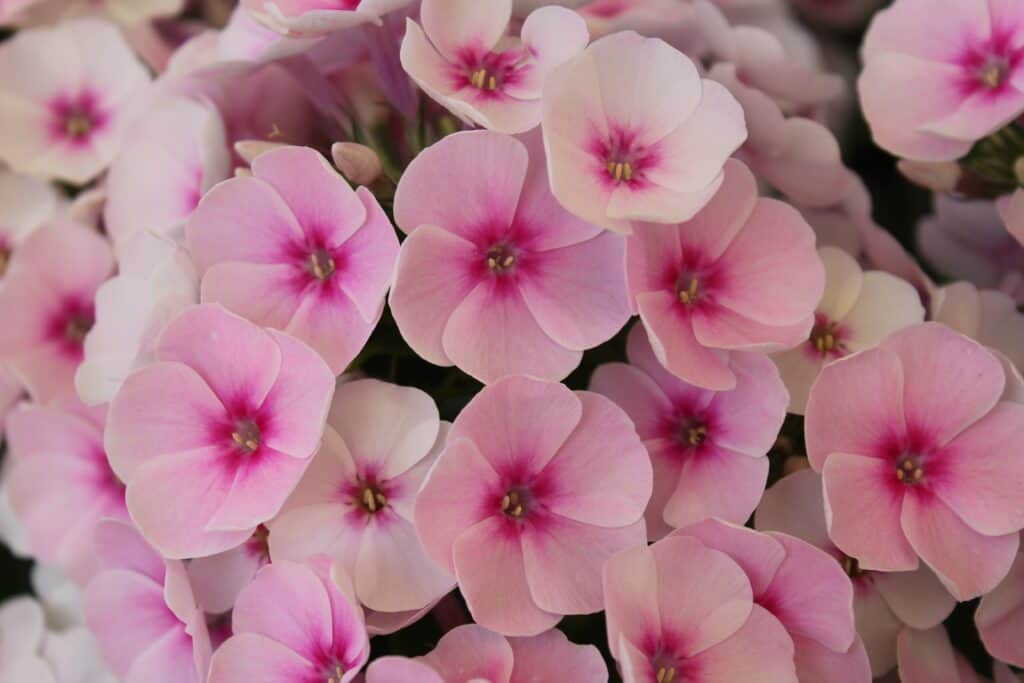 Varieties and Planting Tips
Varieties and Planting Tips
- Phlox comes in various colors, such as white, pink, purple, red, blue, and yellow.
- Different varieties bloom at different times, with some flowering continuously while others bloom once.
- Plant multiple varieties together for a stunning display.
- ‘Alba’ is a common variety, a hardy annual that grows about 12 inches tall and blooms from early April through mid-June.
- Other popular varieties include ‘Aurea,’ ‘Blue Star,’ and ‘Elegans.’
- Purchase Phlox plants from garden centers and nurseries.
- In milder climates, it is possible to overwinter Phlox outdoors by selecting a sheltered spot and protecting them from frost.
While Phlox is generally resilient and requires minimal maintenance, proper care is crucial for healthy growth and abundant blooms. By following the guidelines outlined in this article, you can enjoy the beauty of Phlox throughout the spring and summer seasons.
What we love from Amazon this week
Buy these wonderful flowers directly from Amazon:














